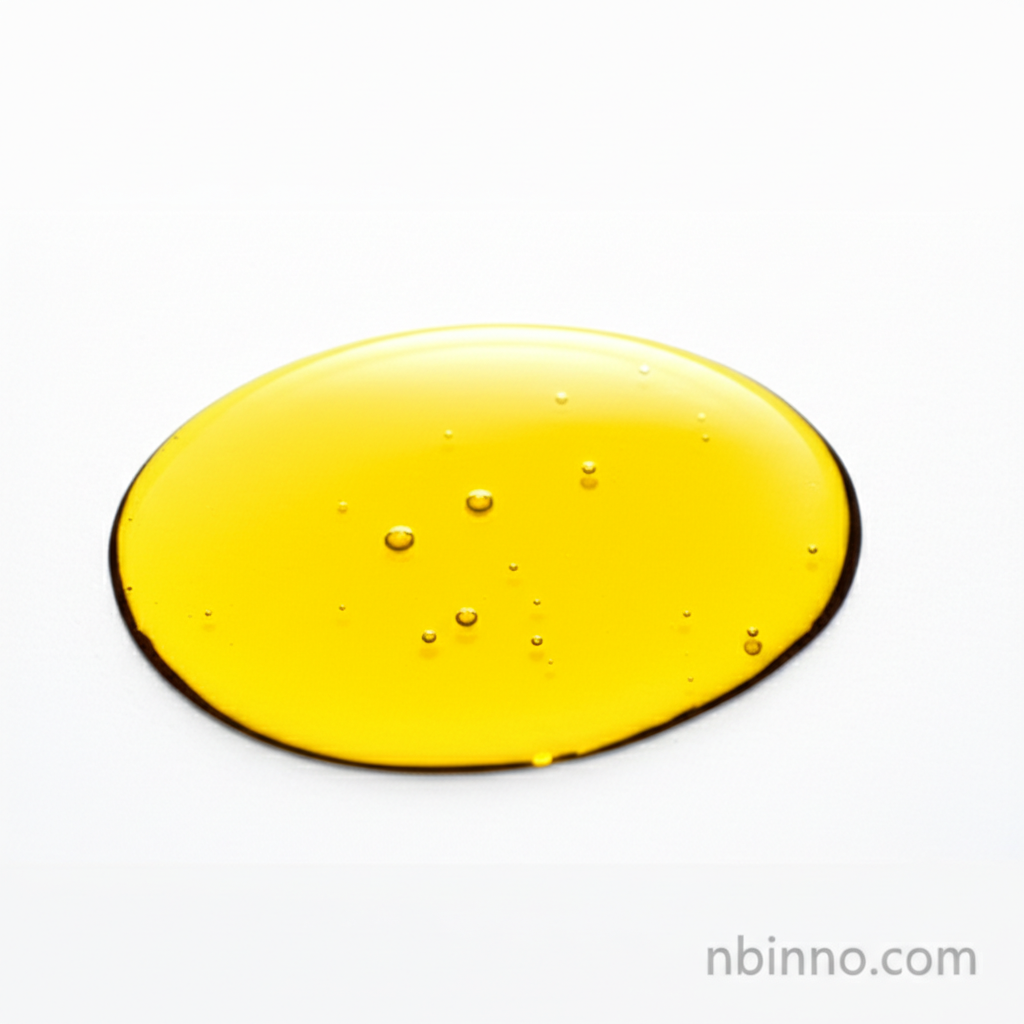Unlock Advanced Polymerization with Trimethylolpropane Tris(3-Mercaptopropionate)
Discover the power of a key trifunctional thiol for enhanced material properties and innovative applications.
Get a Quote & SampleProduct Core Value

Trimethylolpropane Tris(3-Mercaptopropionate)
As a vital industrial organic intermediate, Trimethylolpropane Tris(3-Mercaptopropionate) serves as a critical connector and polymer modifier, particularly in light-curing applications. Its ability to improve adhesion, hardness, and toughness makes it indispensable for high-performance coatings and materials.
- Explore the benefits of using this trifunctional thiol crosslinking agent to achieve superior material characteristics and unlock new possibilities in your formulations.
- Discover how its use in light curing coatings can significantly enhance adhesion and mechanical properties for demanding applications.
- Learn about its role as a polymer modifier for adhesion, contributing to more robust and durable end products.
- Investigate its potential as a photoinitiator for UV coatings, enabling efficient curing and improved surface properties.
Key Advantages
Enhanced Material Properties
Leverage this compound's capability to enhance adhesion, hardness, and toughness in coatings, leading to more durable and high-performing products.
Versatile Polymer Modification
Utilize its function as a polymer modifier for adhesion, ensuring better bonding and structural integrity in various polymer matrices.
Efficient Light Curing
Benefit from its role as a photoinitiator for UV coatings, facilitating rapid and efficient curing processes essential for modern manufacturing.
Key Applications
Light Curing Coatings
This trifunctional thiol crosslinking agent is essential for developing advanced light curing coatings, improving their adhesion and overall performance.
Photosensitive Materials
Its properties make it valuable in the creation of photosensitive materials, contributing to their specific optical and mechanical characteristics.
Adhesives & Sealants
The compound's ability to enhance bonding makes it a key component in high-strength adhesives and sealants, often used in conjunction with thiol-ene reactions.
Functional Polymers
It serves as a monomer or modifier in the synthesis of functional polymers, tailoring properties for specialized applications in electronics and materials science.
